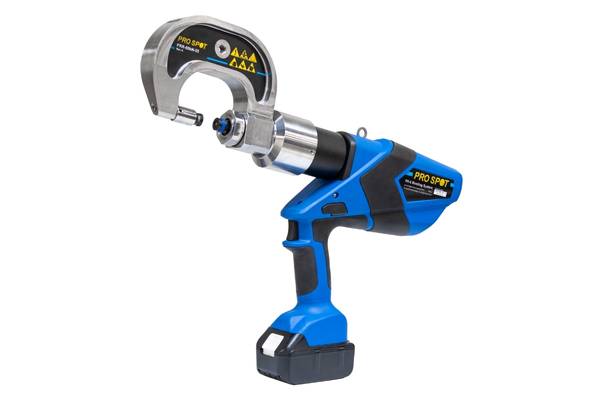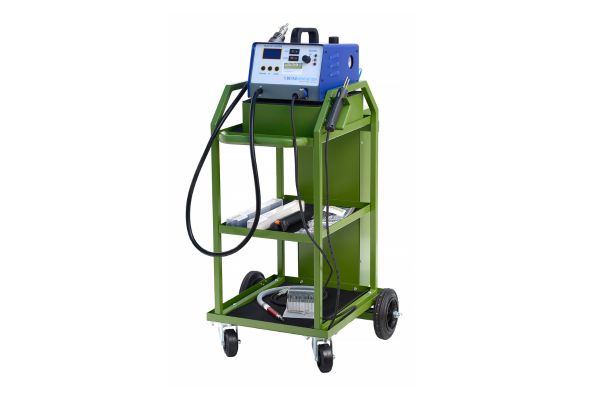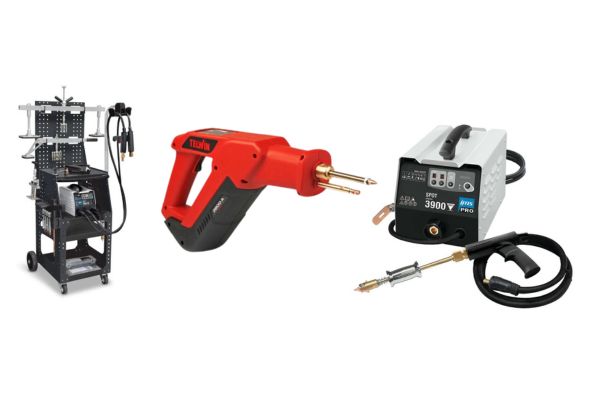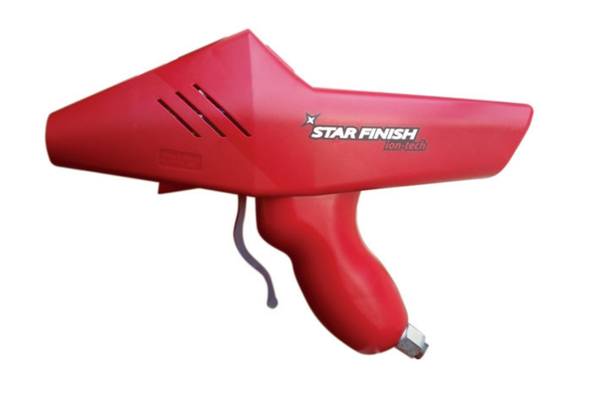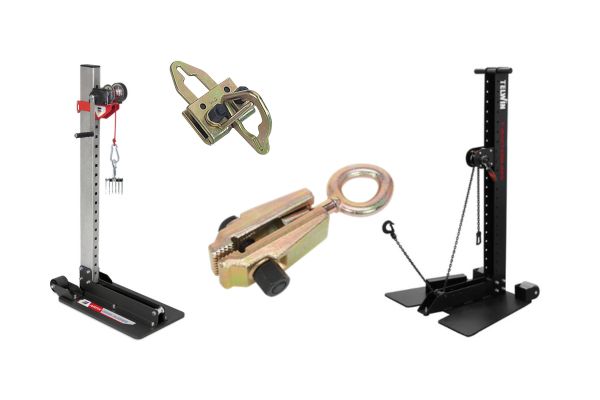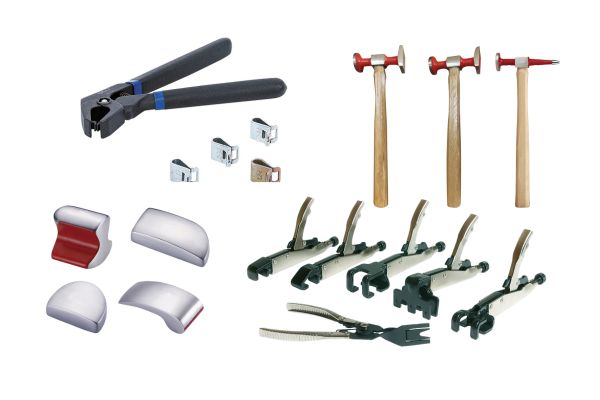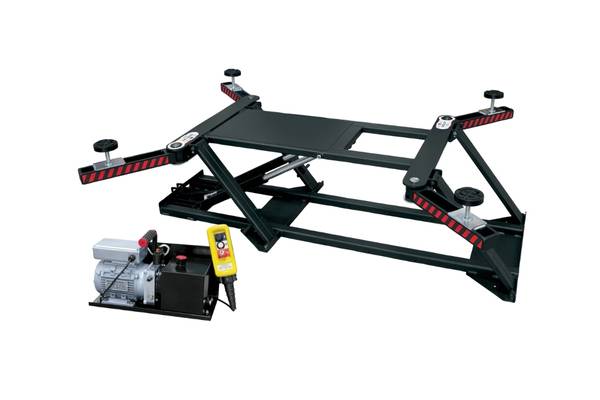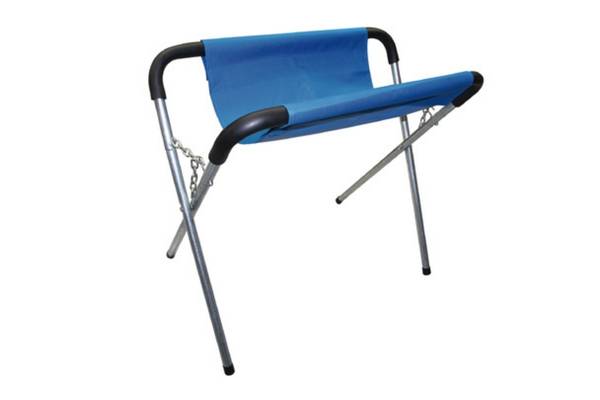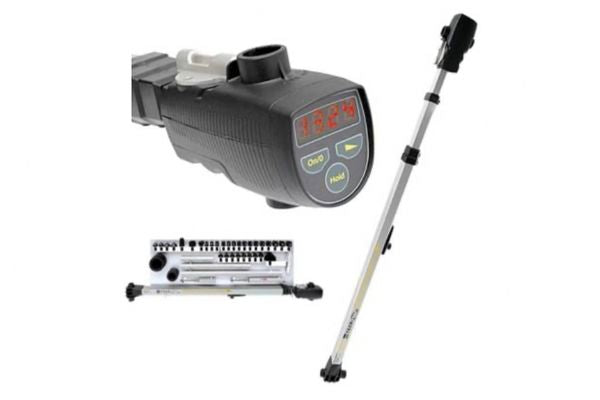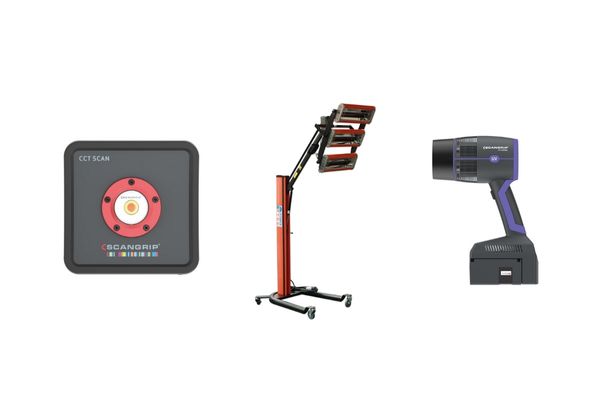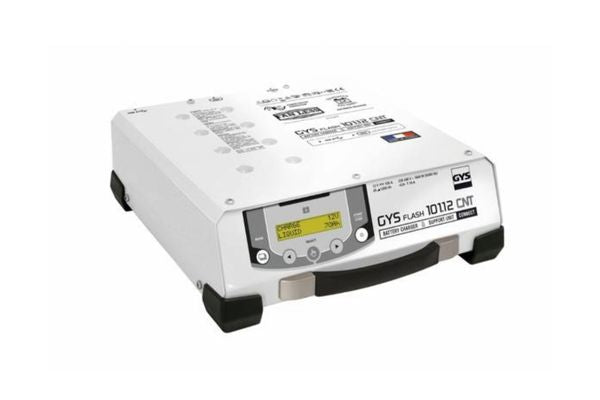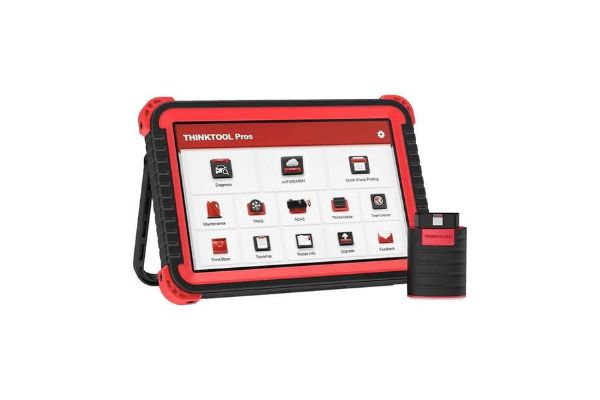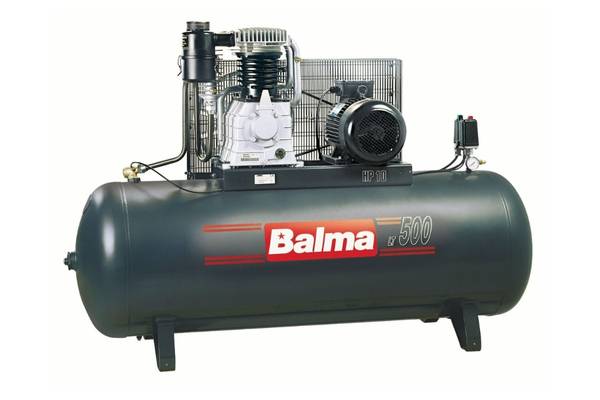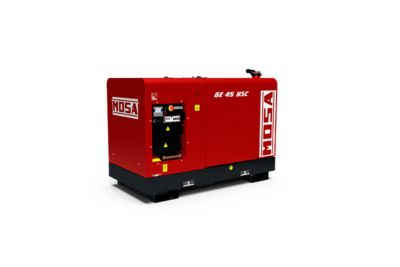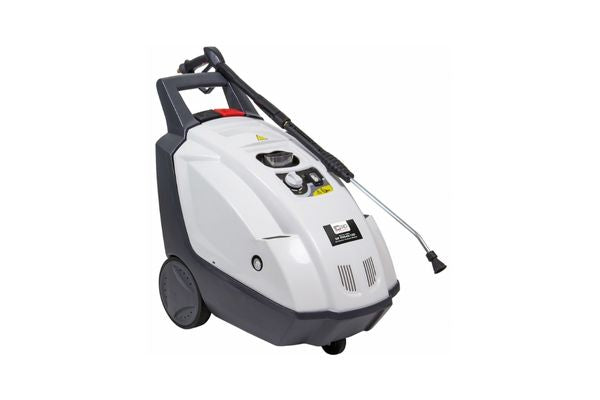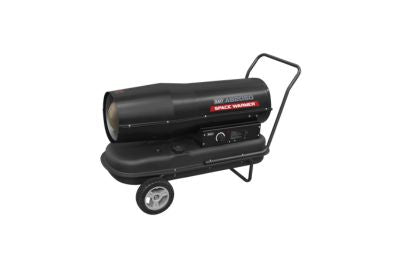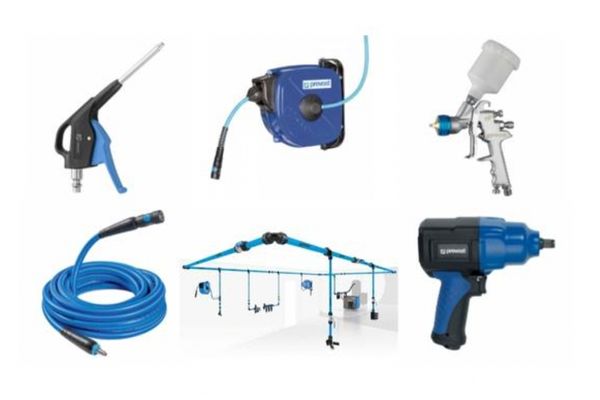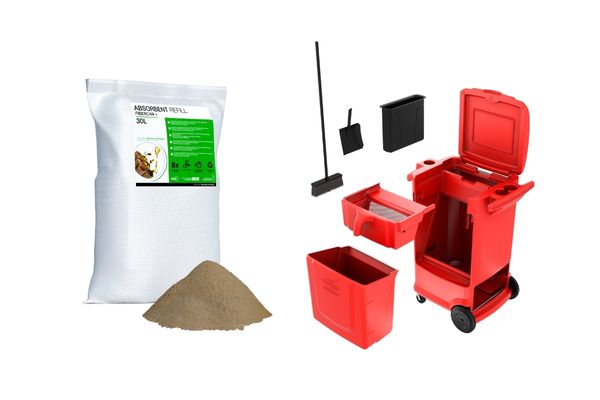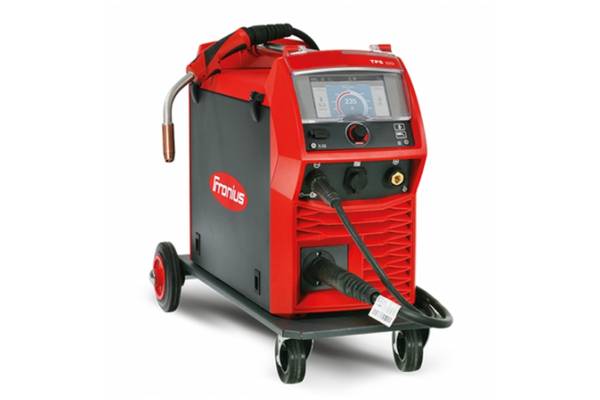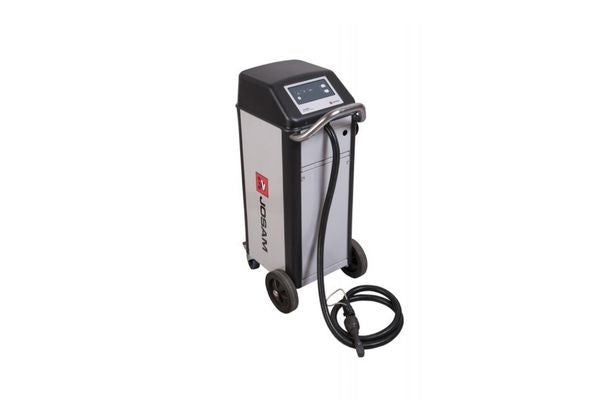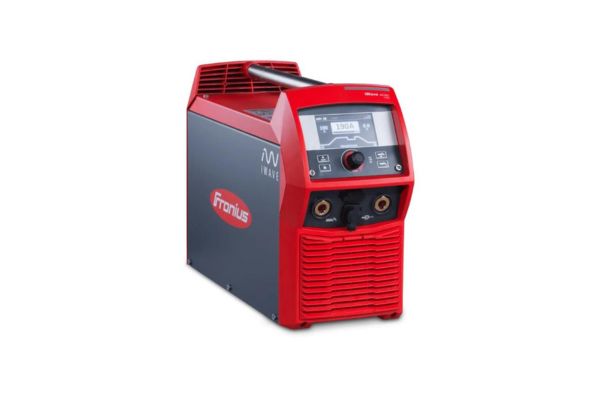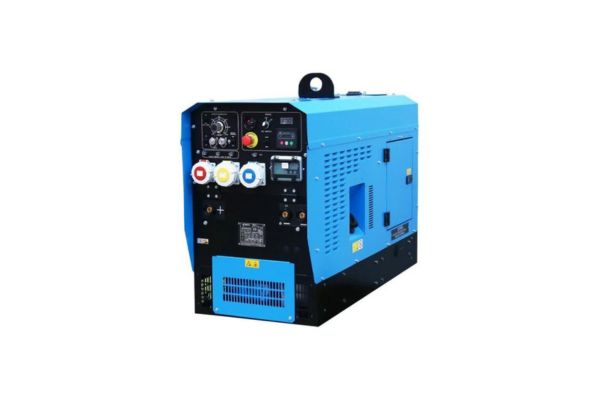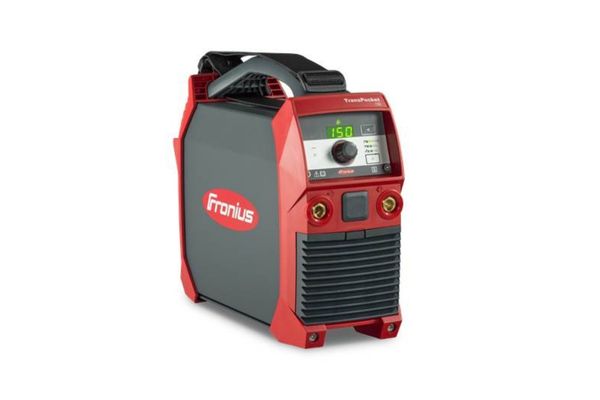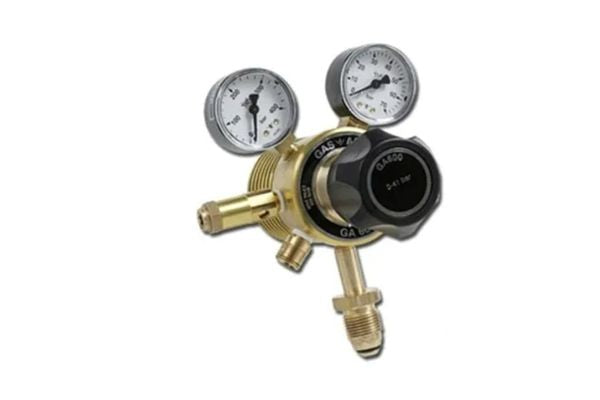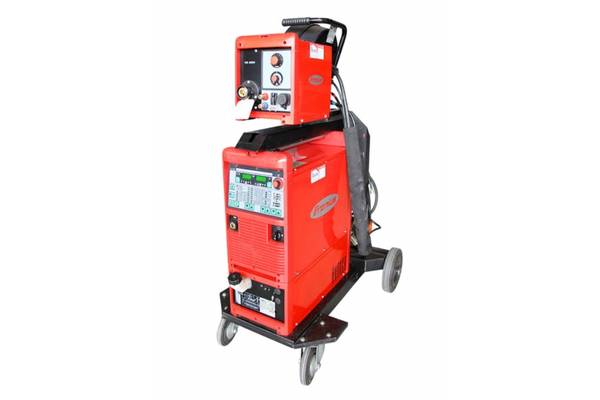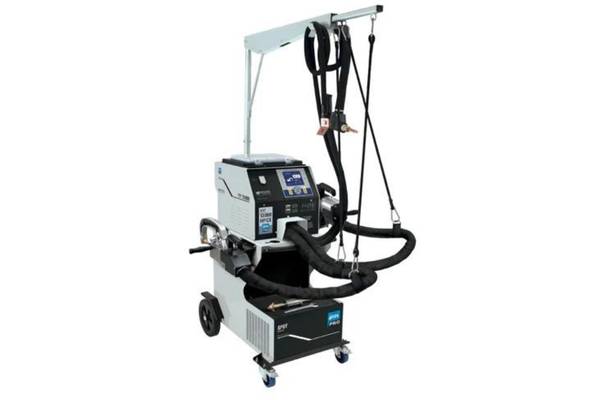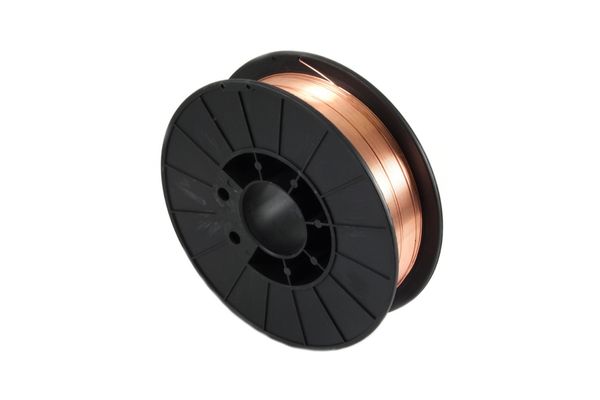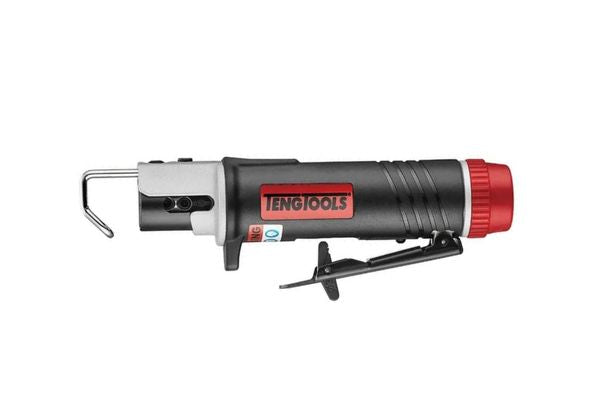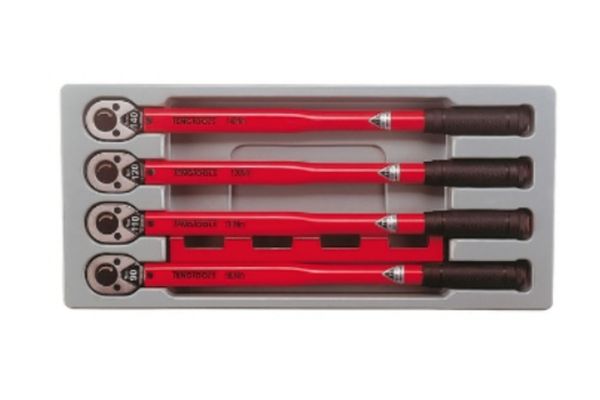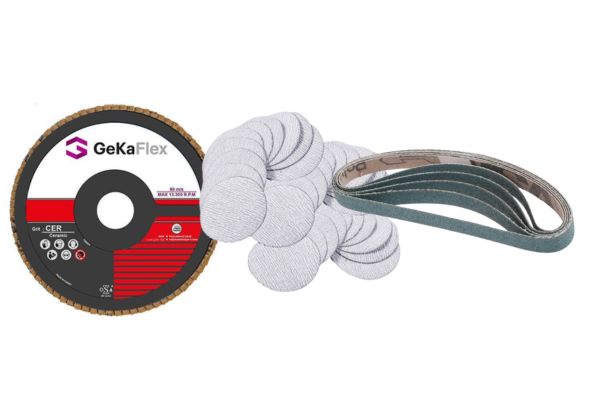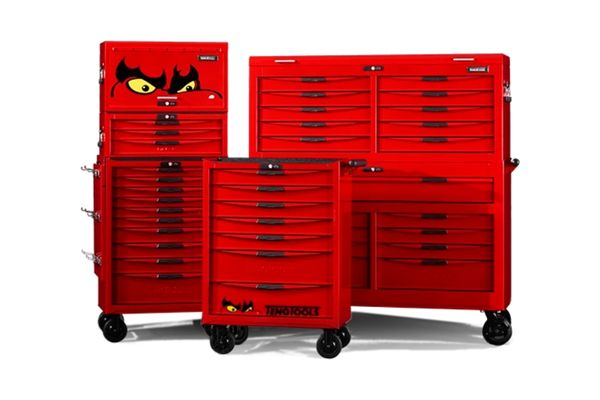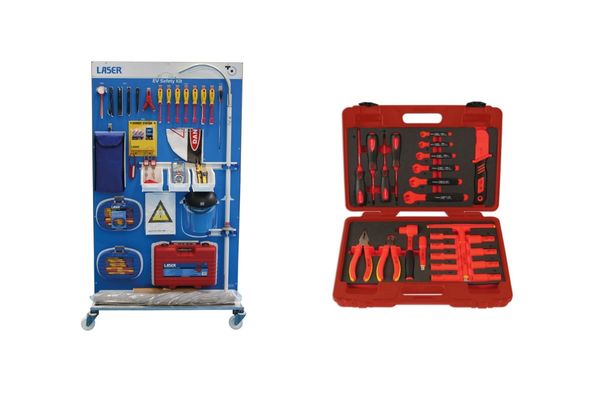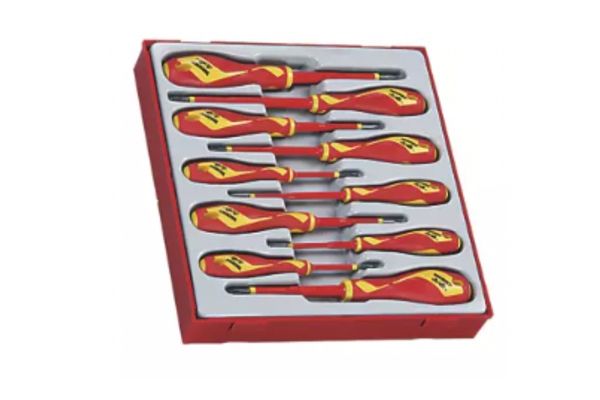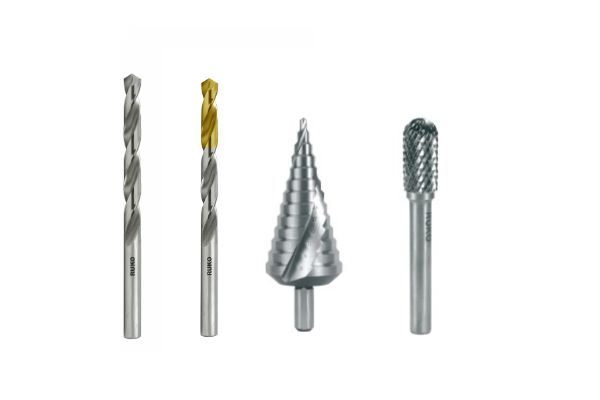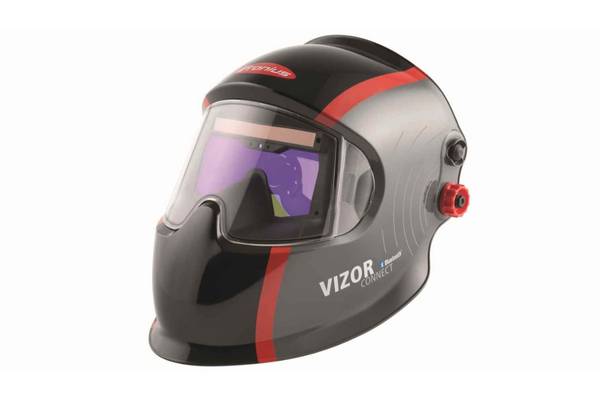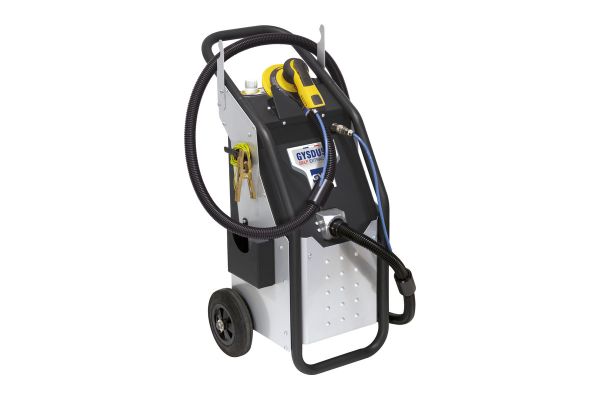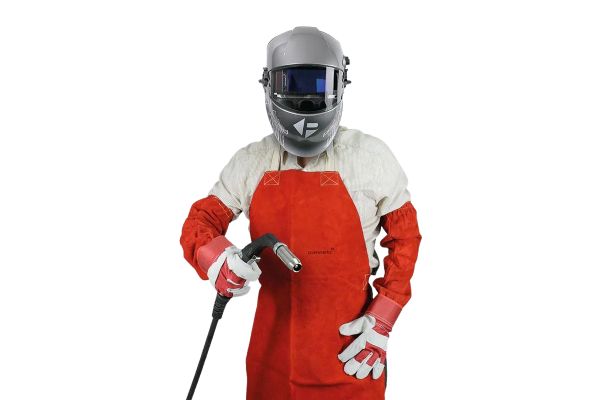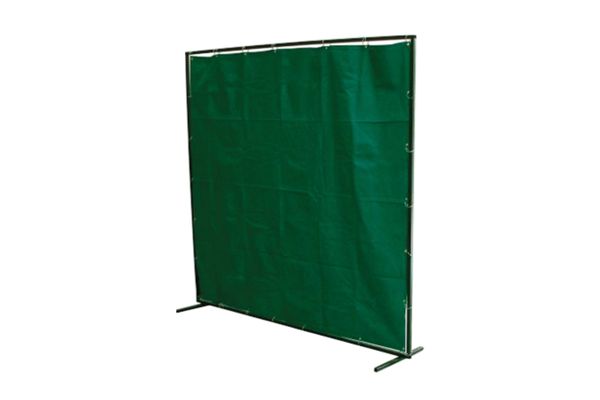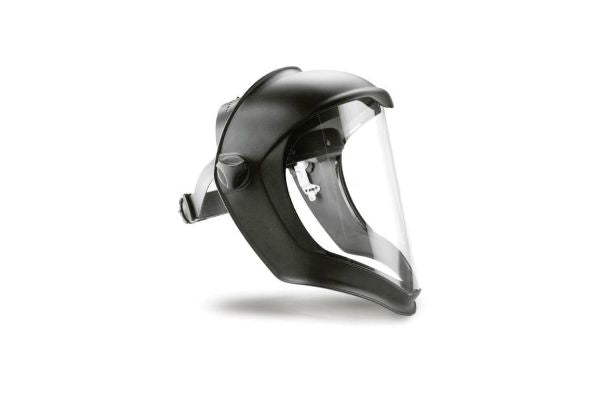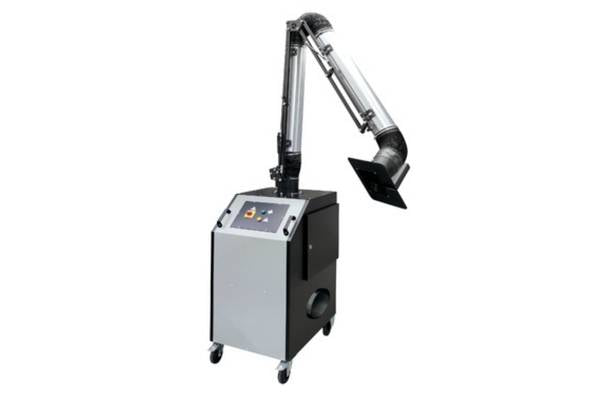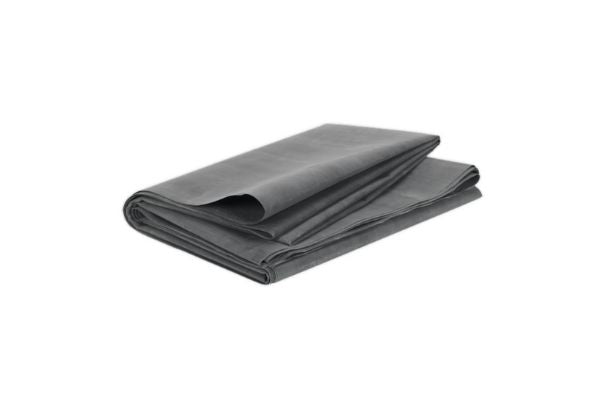Your Cart is Empty
Need Some Help? 0161 223 1843
Need Some Help? 0161 223 1843
BODYSHOP
WORKSHOP
WELDING
TOOLS

Welding Fume New HSE Rules
June 24, 2019 4 min read
There is new scientific evidence from the International Agency for Research on Cancer that finds exposure to mild steel welding fume can cause lung cancer and possible kidney cancer in humans. Therefore the Workplace Health Expert Committee has endorsed the reclassification of mild steel welding fume as a human carcinogen.
They have determined that there needs to be a strengthening of the HSEs enforcement expectation for all welding fume INCLUDING STEEL.
Welding fume especially derived from aluminium and galvanised steel welding is very heavy particulates and breathing in these particulates can quickly cause Metal Particle poisoning in welder operators.
Manganese is prevalent in mild steel welding and this particulate fume can have neurological side effects similar to Parkinson’s disease.
For many years it's always been advised to have Local Exhaust Ventilation (LEV) as a minimum requirement and in higher use or confined areas to use full fume extraction and welding and breathing helmets.
The problem with mobile LEV is it's not necessarily very efficient or practical.
In the vehicle body repair industry, many shops have these mobile LEVs but they just don’t get used as the technicians find them very awkward to use and place when welding the vehicle.
These types of mobile LEV also do not remove all the welding fume so the welder is still exposed to high levels of particulates if he relies on this alone.
For ultimate protection fume, extraction welding helmets are perfect.
They consist of a filtered battery pack that is on a belt around the welder's waist. A small fan in the unit sucks air through a filter and blows this clean air out through a tube at the top of the welders head.
Reactalite welding helmets are preferred as the helmets have a chin guard making them awkward to lift up and down all the time.
Welding Fume Protection Helmet
So whats In welding fume?
Not all welding fumes are the same. 95% of welding fume comes from the consumables and 5% from the material. So depending on the material to be welded and the consumables use, depends what fumes are given off. As stated before Manganese in mild steel is prevalent, but there can also be Iron oxides, chrome compounds, nickel oxides, copper and more. These particulates cause strain on the lungs and in some cases they are toxic.
Symptoms
Common symptoms include fatigue, shortness of breath, bronchial disease and metal particle poisoning (comes from welding galvanised material).
Many welders say metal particle poisoning gives symptoms like a heavy cold and all its related symptoms.
vehicles now are electroplated zinc and galvanised so fumes from welding modern vehicles are particularly hazardous.
What is The Recommended Filter Class?
The filtration efficiency is classified into three welding fume classes.
This is often referred to as the "W" Class.
Testing of extraction devices takes place according to DIN EN ISO15012-1
- W1 efficiency of 95% or higher
- W2 efficiency of 98% or Higher
- W3 efficiency class of 99% or Higher
Due to the varying nature of the steels and coatings used in vehicle manufacture and repair, we would recommend going for equipment that meets W3 criteria to cover all eventualities.
"New" HSE Bulletin -Change in Enforcement Expectations for Mild Steel Welding Fume.
Introduction:
There is new scientific evidence from the International Agency for Research on Cancer that exposure to mild steel welding fume can cause lung cancer and possibly kidney cancer in humans. The Workplace Health Expert Committee has endorsed the reclassification of mild steel welding fume as a human carcinogen.
Consequences:
With immediate effect, there is a strengthening of HSE’s enforcement expectation for all welding fume, including mild steel welding; because general ventilation does not achieve the necessary control.
Outcome:
Control of the cancer risk will require suitable engineering controls for all welding activities indoors e.g. Local Exhaust Ventilation (LEV). Extraction will also control exposure to manganese, which is present in mild steel welding fume, which can cause neurological effects similar to Parkinson’s disease.
Where LEV alone does not adequately control exposure, it should be supplemented by adequate and suitable respiratory protective equipment (RPE) to protect against the residual fume.
Appropriate RPE should be provided for welding outdoors. You should ensure welders are suitably instructed and trained in the use of these controls.
Regardless of duration, HSE will no longer accept any welding undertaken without any suitable exposure control measures in place, as there is no known level of safe exposure.
Risk assessments should reflect the change in the expected control measures.
Action required
- Make sure exposure to any welding fume released is adequately controlled using engineering controls (typically LEV).
- Make sure suitable controls are provided for all welding activities, irrelevant of duration. This includes welding outdoors.
- Where engineering controls alone cannot control exposure, then adequate and suitable RPE should be provided to control risk from any residual fume.
- Make sure all engineering controls are correctly used, suitably maintained and are subject to thorough examination and test where required.
- Make sure any RPE is subject to an RPE programme. An RPE programme encapsulates all the elements of RPE use you need to ensure that your RPE is effective in protecting the wearer.
Air Fed Welding Systems provide 100% protection for the welder against welding fumes and welding arc hazards.
Leave a comment
Comments will be approved before showing up.


